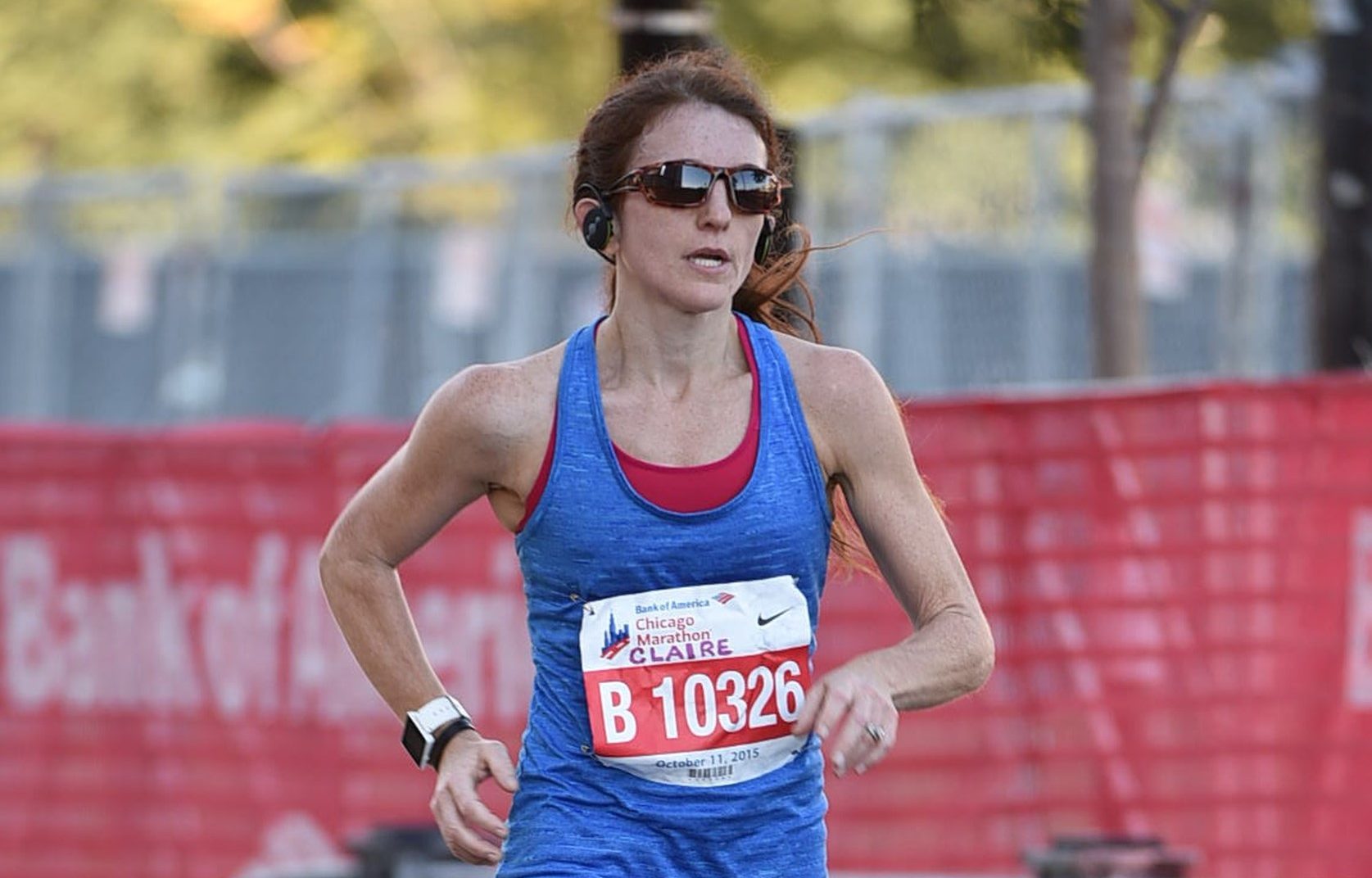It seems so obvious when you think about it: train for your race by mimicking what you will face on race day. For 800 meter runners, that means a lot of time on the track running (you guessed it) 800s. But for all but a very few elites, marathoners don’t run the full marathon distance in training because it’s more damaging to your body than productive. And on the other end of the spectrum, it doesn’t make a lot of sense to bust out short sprints on the track in the middle of marathon training. Speed is important, but weekly doses of super-quick, intense track workouts aren’t developing the systems that you use during a marathon.
We need to get specific.
I’m 8 weeks away from my race and this week I had two marathon-specific workouts. Tuesday was a hill to tempo and Thursday was a basic tempo and I am happy to say I nailed them both. Here are the basics of each and what they are designed to do.
Hill to Tempo
After a 3 mile warm up, I found a nice hill and sprinted up it six times for 90 seconds and jogged back down. The effort is supposed to be about mile pace, but pace is not helpful at all determining speed on hills. So I didn’t look at my pace at all, just clicked the lap button and raced uphill as fast as I could. Ninety seconds is an eternity when you are going all out! I quickly learned that my high-knee, on-my-toes sprint fizzles after about 15-20 seconds, making hauling my body uphill so much harder for the last miserable minute. So I cut that nonsense out and used my regular stride as fast as I could and I actually got faster with each interval. It seems that the “don’t go out too fast” warning applies universally to all distances.
After the hills were done, I took a three-minute rest and water break and headed down to the park for the tempo part of the workout. The idea behind this is that the hills tire you out and strengthen your legs at the same time, making the tempo effort harder, as if it were late in the race. The plan called for 4 miles between 6:50 and 6:55 and I stayed in that box, even cranking out a 6:36 last mile! (What?!) I finished with a 2 mile cool down and a happy dance.
Basic Tempo
Tempo runs are some of my favorite runs. I like to get into a groove and just lock my pace. The idea behind tempos is to run “comfortably hard,” or even “hard, but controlled.” Some people say a tempo is the fastest pace you can sustain for an hour. My schedule called for 6:50 to 7:00 pace, which is the pace I hope to sustain for three hours! But the key to tempos is not to run it as hard as you can, but to stay right in the zone at your current fitness, not your goal fitness. I knew not to start out too fast and my first mile was 7:01. Then the rest of the miles just flowed: 6:40, 6:41, 6:47, 6:44, 6:51, and I pushed the last mile with a 6:38. So technically, I ran this too fast, but I really felt fantastic. Not that it was easy, but it was not hard. I would say the hard end of medium pace. I did pull out all the tricks with this one, drinking beet juice and caffeine 90 minutes ahead of time, and the weather was just a bit cooler than I was used to. I know I got several more humbling workouts coming up, but this was a great confidence booster!
In a couple weeks, I have another marathon-specific workout, the 2×6. After a warm up, I’ll run two sessions of six miles at 6:50-7:00 pace with a crazy-long 10 minute break in between. The long break is meant to stiffen up your legs and break your flow so that the second set feels even harder than it should. Again, this is another technique to mimic the challenges of race day without running the marathon distance. I remember this one from my last training cycle and I pretty sure I did okay with it, so we’ll see.
While I’m sad to be missing Tuesday nights at the track with my running friends, I know the track is not where I need to be right now. I’ll be logging lots of road miles in the next 8 weeks and the track will be right there where I left it.

